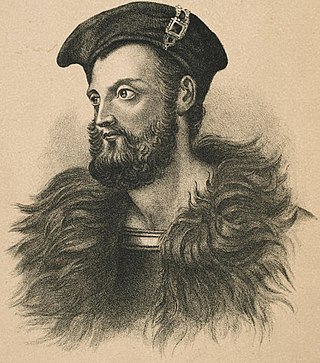
Owen Roe O'Neill was a Gaelic Irish soldier and one of the most famous of the O'Neill dynasty of Ulster. O'Neill left Ireland at a young age and spent most of his life as a mercenary in the Spanish Army serving against the Dutch in Flanders during the Eighty Years' War. After the Irish Rebellion of 1641, O'Neill returned and took command of the Irish Confederate Ulster Army. He is known for his victory at the Battle of Benburb in 1646.

The Condor Legion was a unit of military personnel from the air force and army of Nazi Germany’s Wehrmacht which served with the Nationalist faction during the Spanish Civil War. The legion developed methods of strategic bombing that were used widely during the Second World War. The bombing of Guernica was the Condor Legion's most infamous operation. Hugo Sperrle commanded the unit's aircraft formations, and Wilhelm Ritter von Thoma commanded the ground element.

The Flight of the Earls took place in September 1607, when Hugh O'Neill, Earl of Tyrone, and Rory O'Donnell, 1st Earl of Tyrconnell, and about ninety followers, left Ulster in Ireland for mainland Europe. Their permanent exile was a watershed event in Irish history, symbolizing the end of the old Gaelic order.
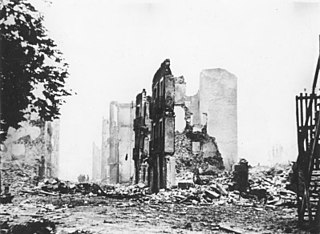
On 26 April 1937, the Basque town of Guernica was aerially bombed during the Spanish Civil War. It was carried out at the behest of Francisco Franco's rebel Nationalist faction by its allies, the Nazi German Luftwaffe's Condor Legion and the Fascist Italian Aviazione Legionaria, under the code name Operation Rügen. The town was being used as a communications centre by Republican forces just behind the front line, and the raid was intended to destroy bridges and roads. The operation opened the way to Franco's capture of Bilbao and his victory in northern Spain.

Guernica is a large 1937 oil painting by Spanish artist Pablo Picasso. It is one of his best-known works, regarded by many art critics as the most moving and powerful anti-war painting in history. It is exhibited in the Museo Reina Sofía in Madrid.

George Lowther Steer was a South African-born British journalist, author and war correspondent who reported on wars preceding World War II, especially the Second Italo-Abyssinian War and the Spanish Civil War. During those wars he was employed by The Times, and his eyewitness reports did much to alert western nations of war crimes committed by the Italians in Ethiopia and by the Germans in Spain, although little was done to prevent them by the League of Nations, and his 1937 exclusive on the bombing of Guernica inspired Pablo Picasso to paint his anti-war masterpiece, Guernica. He returned to Ethiopia after the world war started and helped the campaign defeat the Italians and restore Hailie Selassie to the throne.
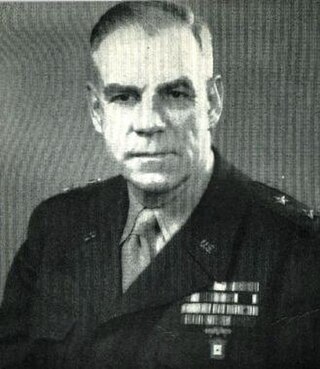
Julian Sommerville Hatcher was a major general in the United States Army. As a firearms expert, he wrote technical books and articles relating to military firearms, ballistics, and autoloading weapons. He also pioneered the forensic identification of firearms and ammunition.
Provisional Irish Republican Army arms importation in forms of both firearms and explosives began in the early 1970s during the Troubles. With these weapons it conducted an armed campaign against the British state in Northern Ireland.
Wing Commander Lord Malcolm Avondale Douglas-Hamilton, was a Scottish aristocrat, aviator and politician.

The Battle of Teruel was fought in and around the city of Teruel during the Spanish Civil War between December 1937 and February 1938, during the worst Spanish winter in 20 years. The battle was one of the bloodiest actions of the war, with the city changing hands several times by first falling to the Republicans and eventually being retaken by the Nationalists. In the course of the fighting, Teruel was subjected to heavy artillery and aerial bombardment. In the two-month battle, both factions together took 110,000 casualties.
The international response to the Spanish Civil War included many non-Spaniards participating in combat and advisory positions. The governments of Italy, Germany and, to a lesser extent, Portugal contributed money, munitions, manpower and support to the Nationalist forces, led by Francisco Franco. Some nations that declared neutrality favored the nationalists indirectly. The governments of the Soviet Union and, to a lesser extent, Mexico, aided the Republicans, also called Loyalists, of the Second Spanish Republic. The aid came even after all the European powers had signed a Non-Intervention Agreement in 1936. Although individual sympathy for the plight of the Spanish Republic was widespread in the liberal democracies, pacifism and the fear of a second world war prevented them from selling or giving arms. However, Nationalist pleas were answered within days by Adolf Hitler and Benito Mussolini. Tens of thousands of individual foreign volunteers travelled to Spain to fight, the majority for the Republican side.
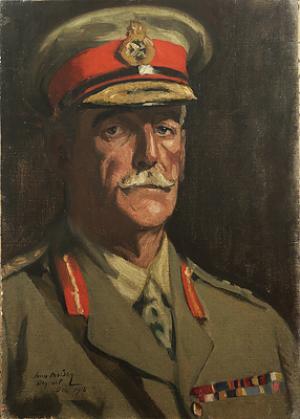
General Sir Edward Stanislaus Bulfin, was a British Army general during the First World War, where he established a reputation as an excellent commander at the brigade, divisional and corps levels. He was most noted for his actions during the First Battle of Ypres, when he organized impromptu forces to slow down the German assault. In 1917–18 he commanded the XXI Corps in the Sinai and Palestine campaign.

The Spanish Civil War was a military conflict fought from 1936 to 1939 between the Republicans and the Nationalists. Republicans were loyal to the left-leaning Popular Front government of the Second Spanish Republic, and consisted of various socialist, communist, separatist, anarchist, and republican parties, some of which had opposed the government in the pre-war period. The opposing Nationalists were an alliance of Falangists, monarchists, conservatives, and traditionalists led by a military junta among whom General Francisco Franco quickly achieved a preponderant role. Due to the international political climate at the time, the war had many facets and was variously viewed as class struggle, a religious struggle, a struggle between dictatorship and republican democracy, between revolution and counterrevolution, and between fascism and communism. The Nationalists won the war, which ended in early 1939, and ruled Spain until Franco's death in November 1975.
Herbert Rutledge Southworth was a writer, journalist and historian specializing in the Spanish Civil War and the subsequent Francoist State in Spain and whose work led the Francoist ministry of information to set up an entire department to counter his demolition of the State's propaganda. He also founded a radio station in Tangier following the end of World War II.

Captain Cecil William Henry Bebb was a British commercial pilot and later airline executive, notable for flying General Francisco Franco from the Canary Islands to Spanish Morocco in 1936, a journey which was to mark the beginning of the Spanish Civil War.

The Republican faction, also known as the Loyalist faction or the Government faction, was the side in the Spanish Civil War of 1936 to 1939 that supported the government of the Second Spanish Republic against the Nationalist faction of the military rebellion. The name Republicans was mainly used by its members and supporters, while its opponents used the term Rojos (Reds) to refer to this faction due to its left-leaning ideology, including far-left communist and anarchist groups, and the support it received from the Soviet Union. At the beginning of the war, the Republicans outnumbered the Nationalists by ten-to-one, but by January 1937 that advantage had dropped to four-to-one.
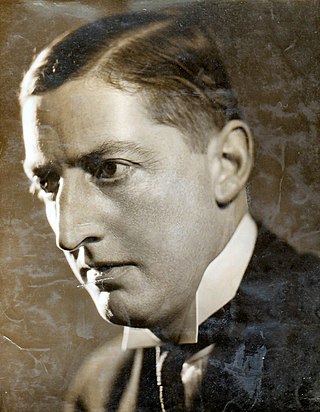
Douglas Francis Jerrold was a British journalist and publisher. As editor of The English Review from 1931 to 1935, he was a vocal supporter of fascism in Italy and of Francoist Spain. He was personally involved in the events of July 1936 when two British intelligence agents piloted an aircraft from the Canary Islands to Spanish Morocco, taking General Francisco Franco with them and thereby helped to spark the military coup that ignited the Spanish Civil War.
Luis Antonio Bolín Bidwell was a Spanish lawyer, journalist and tour-operating expert. That led to his appointment as Head of the National Union of Catering and Allied Attorney in Parliament during the first four legislatures of Francoist Spain. In his memoirs, he simply uses the English spelling, Bolin.

Peter Daly was an Irish socialist and republican who fought in the Irish War of Independence as well as serving as a volunteer in the Spanish Civil War, where he died serving with the International Brigades.















